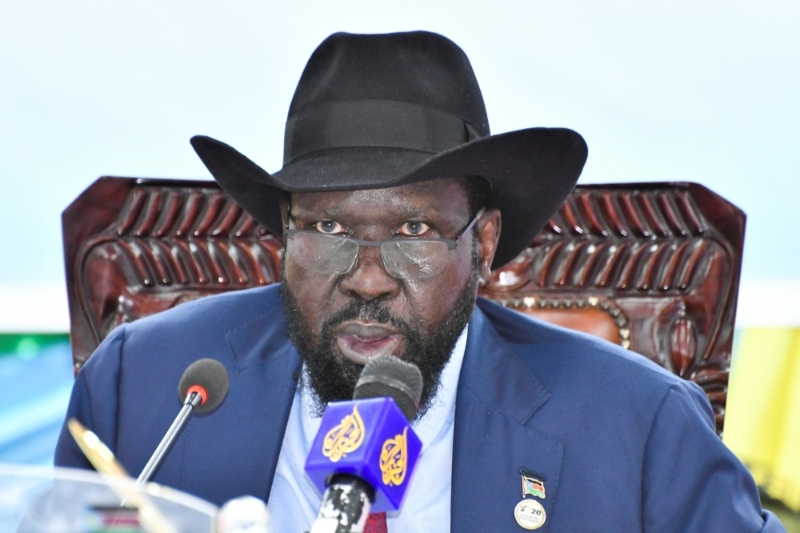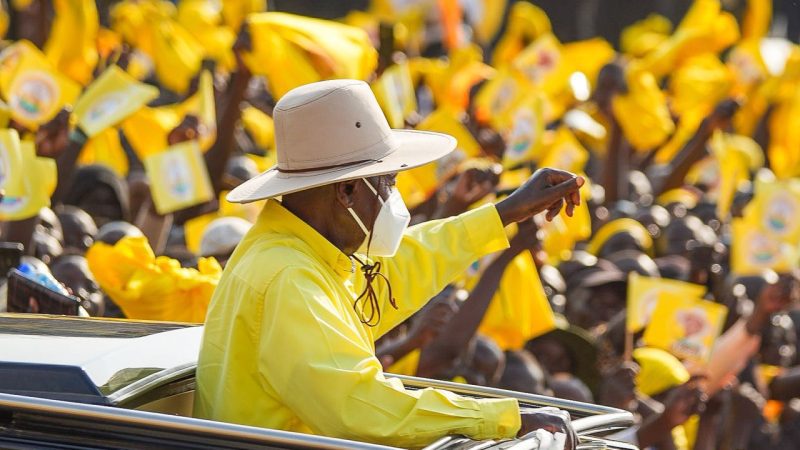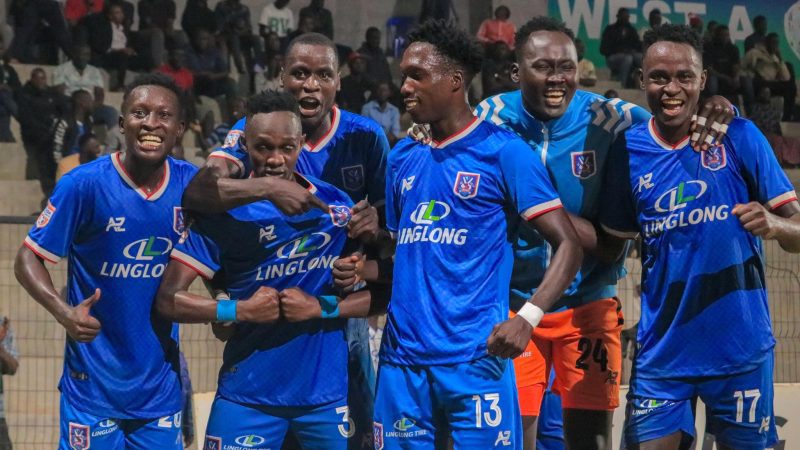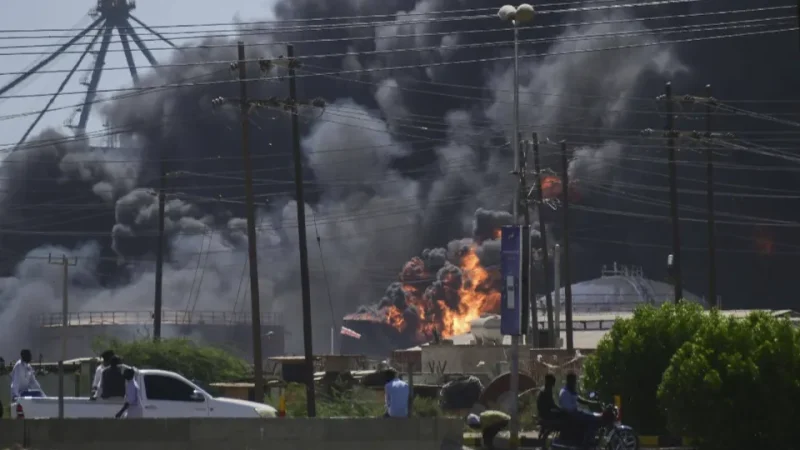The National Super Alliance (NASA) on Friday set the battleground at the Supreme Court in a petition that seeks to annul President Uhuru Kenyatta’s re-election.
IEBC declared Uhuru the winner on August 11 with a 54 per cent against Raila’s 44 per cent, hence avoiding a runoff.
But Raila Odinga, in the 25,000-page presidential petition, accuses the electoral agency of manipulating votes in favour of Uhuru and denying him the win.
The petition, delivered by a battery of lawyers, was received at the highest court in the land at around 11.30pm by registrar Esther Nyaiyaki.
Nyaiyaki, being satisfied that the petition has met all the requirements, allowed it to proceed to the next stage.
It cost the opposition Sh1.7 million to file the suit. Court officials assessed the voluminous documents ahead of the Friday midnight deadline.

The documents, which were transported to the court in a truck, were drawn by Murumba and Awele Advocates.
NASA principals Raila and Kalonzo Musyoka are the petitioners.
The three respondents are IEBC, commission chair Wafula Chebukati and President Kenyatta.
Musalia Mudavadi, and Moses Wetang’ula were present at the time of the filing.
Scores of NASA supporters camped outside the Supreme Court building in wait for the filing of the petition.
The placard waving supporters waited patiently till late into the night as NASA lawyers prepared the case documents.
The Supreme Court Registry remained open past the 8am-5pm working hours to accommodate the petition.
“Uhuru must go! Uhuru must go!” the NASA backers chanted.
Raila also challenged Uhuru’s election in 2013 but the case was dismissed by a bench chaired by former CJ Willy Mutunga.
Although he accepted the outcome, Raila said he did not agree with the judges decision.
Scores of anti-riot police were deployed outside the building to keep watch.
Raila unveiled his petition plan during a press conference on Wednesday, after going back on his word that he would not got to court.
He has two days to serve respondents with the suit papers.
Chebukati will have four days to file responses and attempt to dismantle the allegations lodged by the opposition.
Parties will converge in court on the seventh day for an interlocutory application where they are expected to frame contested and uncontested issues in the petition.
Other parties wishing to join the case will apply to be enjoined.
On the eighth day, parties will have a pre-trial conference where together with the court, they will agree on how the hearing will proceed.
The Supreme Court decision must be delivered on September 1.
It will be heard by Chief Justice David Maraga, judges Mohamed Ibrahim, Prof Jackton Ojwang’, Dr Smokin Wanjala and Lady Justice Njoki Ndung’u.
Apart from Maraga, the other judges arbitrated the 2013 petition and will now be joined by deputy Chief Justice Philomena Mwilu, and Justice Isaac Lenaola.
THE SIX GROUNDS
Mr Odinga and his coalition will rely on what he described as “shamelessly” cooked presidential results, some of them from non-existent polling stations and “fake ungazetted” Presiding and Returning Officers.
NON-EXISTENT FORMS
“They gave figures from non-existent forms 34A and 34B; they scrambled to manufacture such forms, switched vote numbers and openly swindled to reach a predetermined consistent vote numbers,” Mr Odinga said.
In 2013, Mr Odinga, then as now the opposition leader, filed a petition in the Supreme Court challenging the election of President Kenyatta. The petition failed.
Speaking to the press at Okoa Kenya offices, Mr Odinga said Nasa has resolved to challenge the President’s re-election in what he termed as fraudulent and computer-generated results in the August 8 poll.
“By going to court, we are not legitimising misplaced calls by some observers for us to concede, but we are seeking to give to those who braved the long lines to vote a chance to be heard,” added Mr Odinga.
The Nasa leader said the alliance would not accept “computer-generated leaders” and claimed there was a glaring fraud with the results transmission system used by the commission.
SUPREME COURT
The opposition leader said their decision to go to court now gives the Supreme Court a second chance to redeem itself after they accused it of siding with Jubilee in 2013.
“We have decided to move to the Supreme Court despite the history and other recent circumstances. Kenya is always much larger than my individual ambition.”
“Kenya is definitely not too large for all of us to ensure that anyone who wins the people’s votes, and not the loser, is declared President,” he added.
The opposition chief said he was confident they had good evidence that President Kenyatta did not get the mandate of the people as the Independent Electoral and Boundaries Commission (IEBC) wants Kenyans to believe but were made leaders through the computer.
Some of the evidence that Nasa will be relying on are polling stations that Mr Odinga said did not exist and claimed were used to inflate figures in favour of President Kenyatta.
Forms 34A and 34B, which the opposition said were missing, will be used to argue that the results that IEBC was streaming were unverified and therefore illegal.
“We will show how they shamelessly cooked results from non-existent polling stations and fake un-gazetted Presiding and Returning officers. They gave figures from non-existent Forms 34A and 34B; they scrambled to manufacture such forms; switched vote numbers and how they openly swindled to reach predetermined consistent vote numbers. They cooked numbers to the extent that vote tallies often surpassed registered voters in polling stations,” Mr Odinga said.
CONSTANT PATTERN
He questioned what he said was a constant pattern of the gap between him and President Kenyatta, which he argued was unchanged at 11 per cent throughout the release of the results.
The opposition leader said some of their fears over the rigging of the elections was confirmed on Tuesday when IEBC CEO Ezra Chiloba said the commission was still not able to provide all 34A forms yet.
“This means that both the provisional and final results announced last week are null and void and that Uhuru Kenyatta was not lawfully declared winner. From the start, IEBC was illegally releasing unverified results to create the expectation of an Uhuru Kenyatta victory. This was the equivalent of guaranteeing violence if the final verified results indicated Uhuru had lost,” Mr Odinga said.
The killing of IEBC ICT Manager Chris Msando will come into play with opposition claiming he was eliminated so that the government could rig the election.
Accompanied by his running mate Kalonzo Musyoka and his co-principal Musalia Mudavadi, Mr Odinga said the opposition will not sit back and watch Jubilee turn the country into a banana republic.
ELECTION ROW
“Accepting such a crime for the third election in a row would irredeemably entrench the triumph of anti-democratic impunity and the permanent death of democracy. Future elections would be a sham. Nasa shall not be party to it.”
He, however, said they were apprehensive, claiming that ever since President Uhuru Kenyatta and William Ruto publicly warned the Judiciary, the IEBC has not lost a single case in court.
Mr Odinga told off observers whom he said violated their mandate and started calling upon Nasa to concede – even before the IEBC officially announced the election’s outcome.
Nasa’s decision to move to court prolongs the anxiety that has gripped the country since the commission made the announcement last Friday night. It also provides the public with other nerve shedding moments to go through a legal tussle as senior counsels are deployed to defend both positions as was the case in 2013 when President Kenyatta’s victory was confirmed.
Nasa’s decision to file the petition has placed on ice preparations for the swearing in ceremony of President Kenyatta and his deputy Ruto, which had tentatively been set for August 29 at the Moi Sports Centre, Kasarani in Nairobi.
But this means that the coalition has only two days left to file its papers before the expiry of the seven-day window the constitution provides for launching such a petition.
FILE PETITION
Article 140 of the Constitution says: “A person may file a petition in the Supreme court to challenge the election of the President-elect within seven days of the declaration of the results of the presidential election.”
This means that the coalition has until the close of business tomorrow to file it.
After filing, Mr Odinga will have two days to serve the respondent, in this case, the IEBC and President Kenyatta, who will in turn have four days from the date of service to file their responses.
After filing the response, the law grants Mr Odinga another day from the date of filing the response to file an interlocutory application, which in this case allows him to present any extra evidence as captured in the respondent’s response.
On the eighth day after filing the petition, the Supreme Court will hold a pre-trial conference to zero in on the main issues raised by the litigants, while the hearing of the petition will start immediately after the conference.
The determination of the case is expected 14 days from the date of filing the petition.
The decision of the court will be final; it could uphold the commission’s declaration which means that President Kenyatta will be sworn in on September 9.
But it could also declare the commission’s announcement null, paving the way for fresh elections to be held 60 days after the nullification of such results.
REPORT: THE STAR & DAILY NATION









